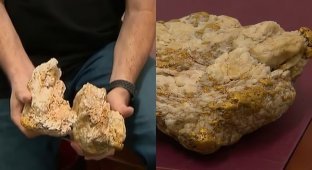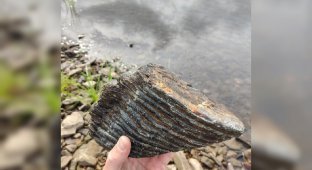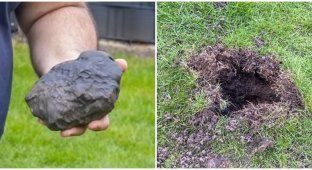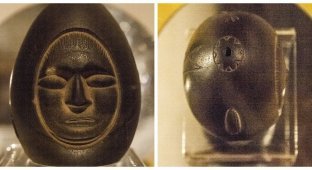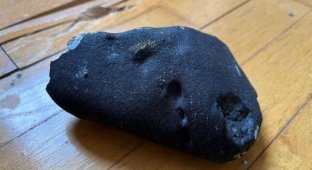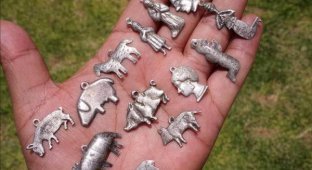A man with a metal detector found a “stone” more expensive than gold (5 photos)
In 2015, David Hole used a metal detector to find gold in Maryborough Park, near Melbourne, and unearthed a strange red-brown stone. The Australian was sure there was a nugget inside and took the find home. He tried to split the stone with a sledgehammer, a drill, and even doused it with acid. But it's all to no avail. 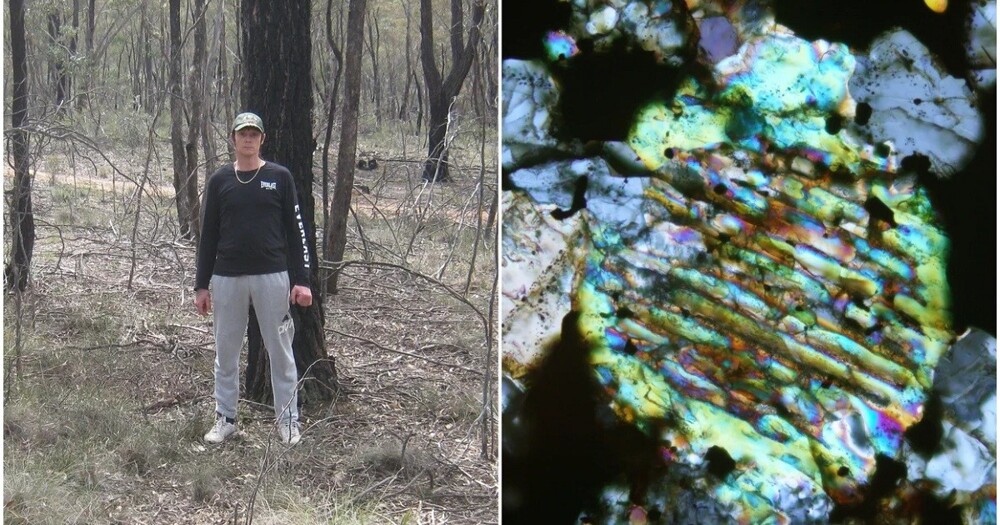
Three years later, Howle admitted defeat and took the find to the Melbourne Museum, hoping that someone would be able to identify it. 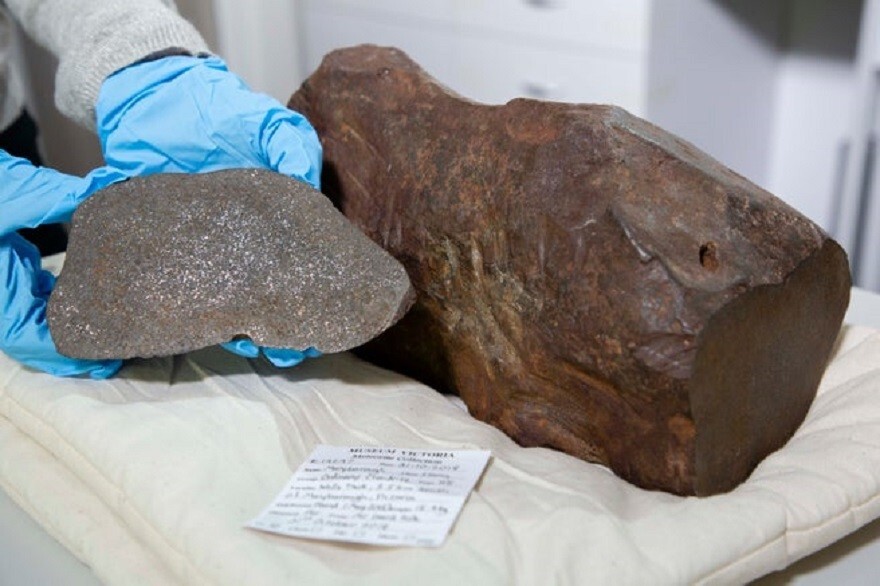
The inconspicuous stone turned out to be a meteorite, approximately 4.6 billion years old.
Museum geologists Dermot Henry and Bill Birch admitted that they became worried as soon as Howle took the mysterious stone out of his backpack.
In an interview with the Sydney Morning Herald in 2019, Henry recalled:
"It had this sculpted appearance, with dimples. They form when it passes through the atmosphere."
Birch knew the sample was special as soon as he picked it up.
“If you take an ordinary stone of this size, it will be much lighter,” the specialist explained. 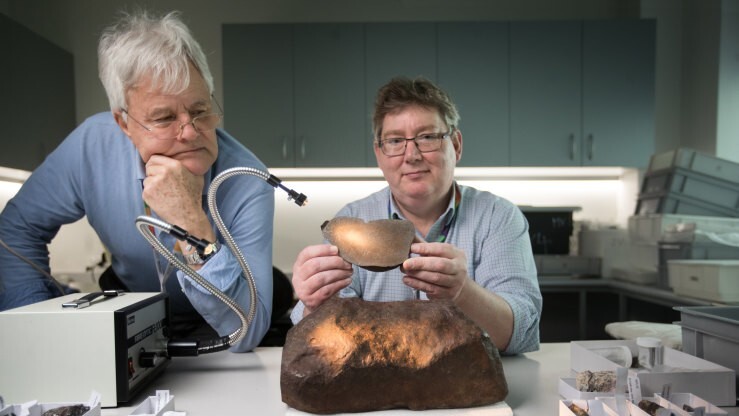
Research soon confirmed their assumption.
In July 2019, colleagues published a scientific paper describing a meteorite they named Maryborough. The space rock measures 38.5 x 14.5 x 14.5 cm and weighs 17 kg. Experts cut it with a diamond saw and found that it was a so-called H5 ordinary chondrite.
This means that it contains tiny crystallized droplets called chondrules. H chondrites have the highest iron content (25-30%) and a relatively small percentage of iron oxides. 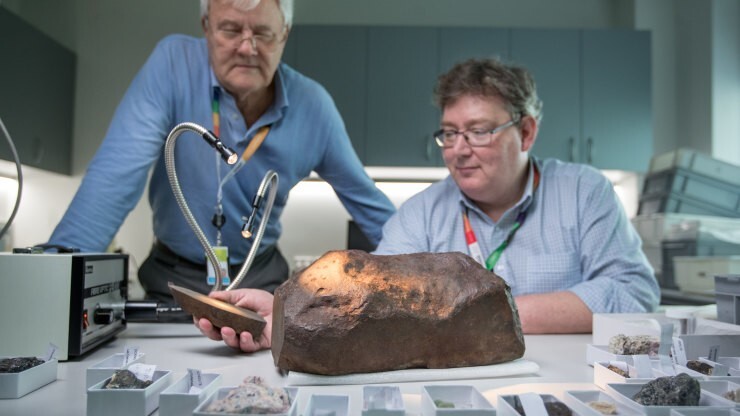
"Meteorites are the cheapest way to explore space. They take us back in time, providing clues about the age, formation and chemical composition of our solar system (including Earth). Some of them provide a glimpse into the deep interior of our planet. Some meteorites have a "stellar dust" that is even older than our solar system and shows us how stars form and evolve to create the elements of the periodic table," Henry said in a statement released by Museum Victoria.
The scientist added that the meteorite probably formed in the asteroid belt between Mars and Jupiter. 
Radiocarbon dating has shown that the space rock has been on Earth for between 100 and 1,000 years. There were several meteorite sightings in the Maryborough area between 1889 and 1951, so it may have fallen during this relatively recent time period.
"This is only the 17th meteorite found in Victoria, while thousands of gold nuggets have been found," Henry said in an interview.
Birch added: "When you consider all the events this rock has gone through since its formation 4.6 billion years ago, it's amazing that we can hold it in our hands and study it today."












